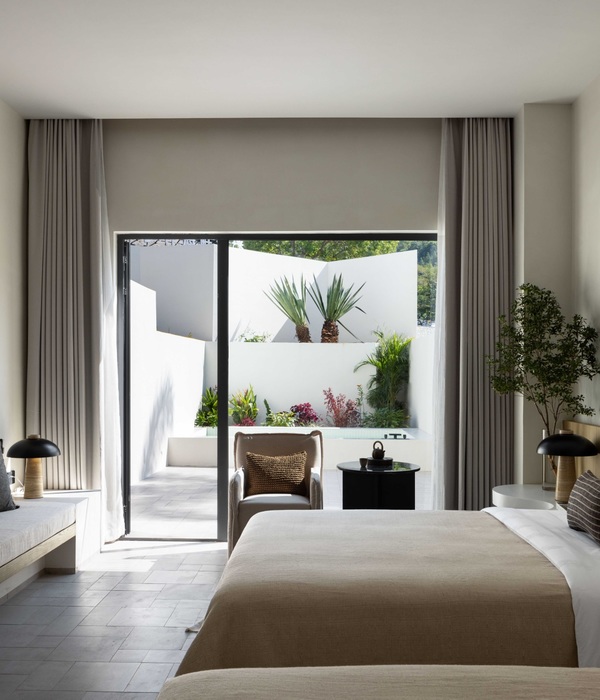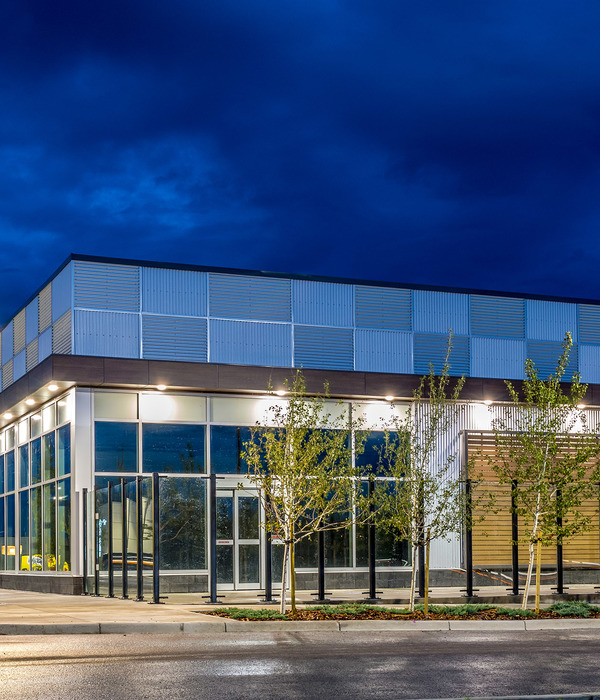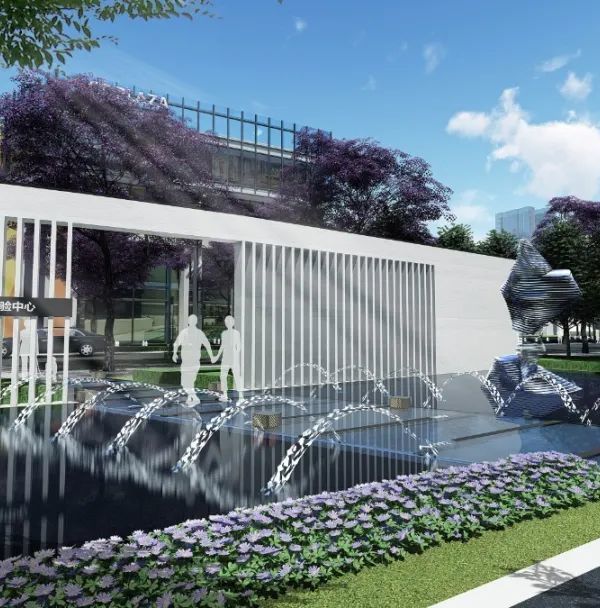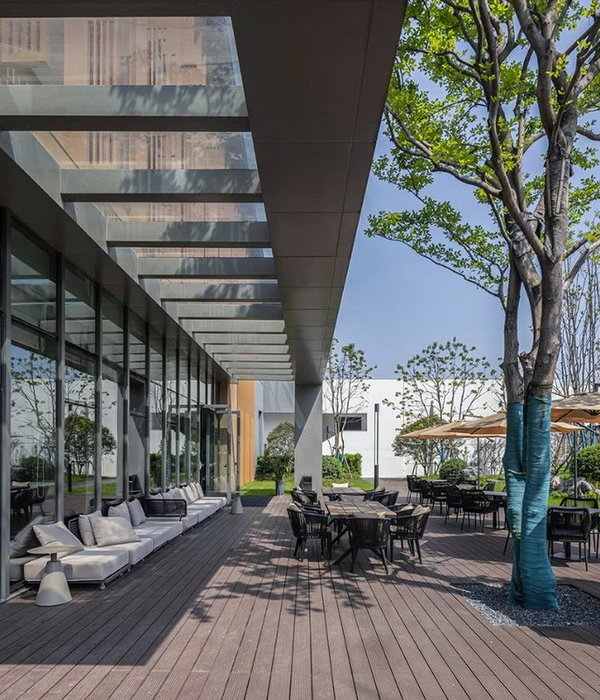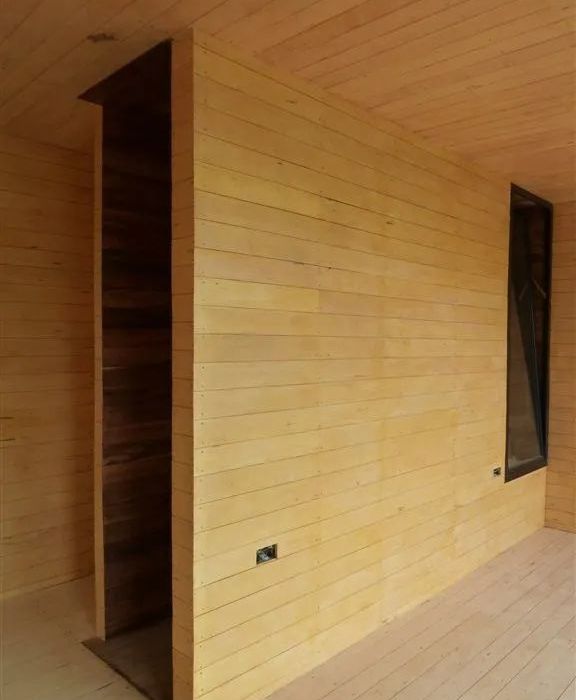Architects:Arup
Area :150000 m²
Year :2021
Design Team : Arthur Smart (Project Director), Daniel Portilla (Project Manager), Pei Chin Lin, Rimjhim Chauhan, Dima Zogheib, Joana Ferro, Rebecca Chau, Anastasia Vikhornova, Zung Nguyen Vu, Zach Wilcox, Felix Keser, Akshaya Kannan
City : Nicosia
Country : Cyprus
Cyprus International University (CIU) is growing in size and aspiration. Located near the country’s capital, Nicosia, the University has ambitious plans to increase its students from 17,000 to 24,000 by 2022. Arup was invited to develop a master plan to guide and deliver its growth plans, considering its future academic, social, and sustainability goals.
We have worked with the client since 2017, first developing a vision, then advising on its implementation. Throughout the process, we engaged with the broader University community to shape the vision for the future physical development of the campus and translated this into a framework for implementation. We are currently working to deliver the first changes on the ground.
We have worked with the client since 2017, first developing a vision, then advising on its implementation. Throughout the process, we engaged with the broader University community to shape the vision for the future physical development of the campus and translated this into a framework for implementation. We are currently working to deliver the first changes on the ground.
The masterplan, which drew upon the expertise of our Urban Design, Landscape Architecture, and City Economics teams, is formed around 3 key principles:
Building on the strengths of the University and establishing a testbed for new ways of learning beyond the classroom. Recognizing its location and landscape setting as a Mediterranean campus is a way of enhancing sustainable outcomes. Enhancing the synergies and relationships between academia and the wider community with the aim of improving knowledge-sharing and unveiling a possibility for R&D investment opportunities in the region.
A growing campus. The initial brief included a series of new buildings to home a range of faculties varying from Medicine to Fine Arts & Architecture. We conducted an analysis of the campus operations which revealed the need to consider the program in clusters rather than in isolation. In response, Arup proposed the inclusion of a new Central Library, Convention Center, and Innovation Center (the Ideas Nest) to help unlock new synergies within the campus. Several campus-wide initiatives such as new amenities, open spaces, and services for students were also considered, as well as retrofitting of the existing infrastructure. Our aim was to prepare the University for growth and bring the program together as a whole, enhancing the experience of being on a cohesive campus.
New ways of learning. The master plan is focused on the quality of the student experience. By looking at learning beyond the formal walls of the classroom, the enviable campus landscape is an asset providing a unique opportunity for informal learning. A collaboration with Arup’s Digital Studio helped us develop a series of smaller interventions to sit alongside the master plan and provide the finer grain of design detail to support new ways of learning. These light-touch interventions include pop-up podiums, study nooks, student-run shops, and a live feed wall.
A Mediterranean campus. The campus is located in an impressive setting, with beautiful views of the mountain range to the north and a watercourse along its west, bridging between a natural and semi-urban landscape. Moreover, the hot, semi-arid climate of Nicosia makes microclimate engineering and the conscious use and management of resources a necessity.
The sustainable systems devised for water, energy, and waste management implemented by CIU will position it as an exemplar model for both clean energy and circular economy initiatives, and enable students to engage in sustainability initiatives. CIU is able to generate 35% of its annual electricity demand on-site and a future biofuel plant will increase the autonomy capacity of the campus to over 60%. We carried out an in-depth assessment of these systems and proposed guidelines and initiatives to ensure a continued sustainable future for the University.
Building wider relationships. The new public realm on campus will attract the wider community from beyond the site and further connections are being established with the local businesses, academic and cultural organizations, as well as other relevant institutions. The new Ideas Nest will enable knowledge-sharing and collaboration unveiling a possibility for innovation and R&D investment opportunities in the region. Similarly, the new Heritage Museum and Convention Center will enable the University to strengthen its linkages with the tourism and trade sectors, while the new sustainability initiatives and medical faculties will ensure CIU is well-placed to develop opportunities that arise from the future growth of sectors such as renewable energy and healthcare.
▼项目更多图片
{{item.text_origin}}

